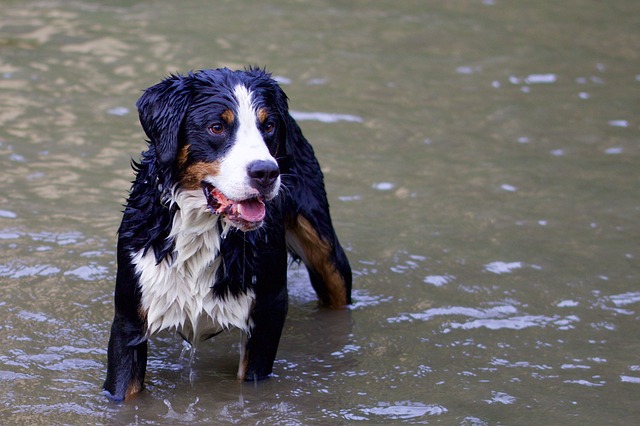Bernese Mountain Dog Breed Information Training Temperament Personality
Bernese Mountain Dog – The Right Dog For You?
Do you want a pet which works hard, plays just as hard and is a lot of fun? You’ll want the Bernese Mountain Dog. This gentle giant embraces all three characteristics.
Table Of Contents
It takes some know-how and patience to care for this furry fellow. Find out what he looks like, and about his potential behavioral problems. It has health and grooming concerns you should know about as well. Learn more about him before deciding if he’s the right fit for your family.
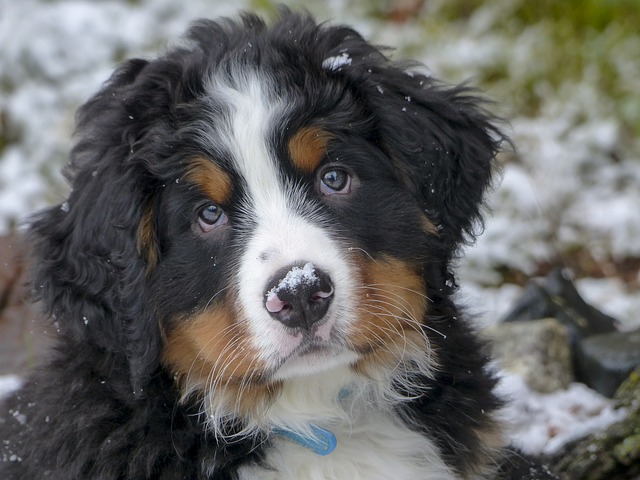
Bernese Mountain Dog History and Origin
The Bernese Mountain Dog is a strong, large dog that hails from the Swiss Alps. It derives its name from the German words Senne (Alps) and Hund (Hound, or dog). A hard worker, it pulled carts for its masters. The American Kennel Club classified this dog as a working dog in 1937.
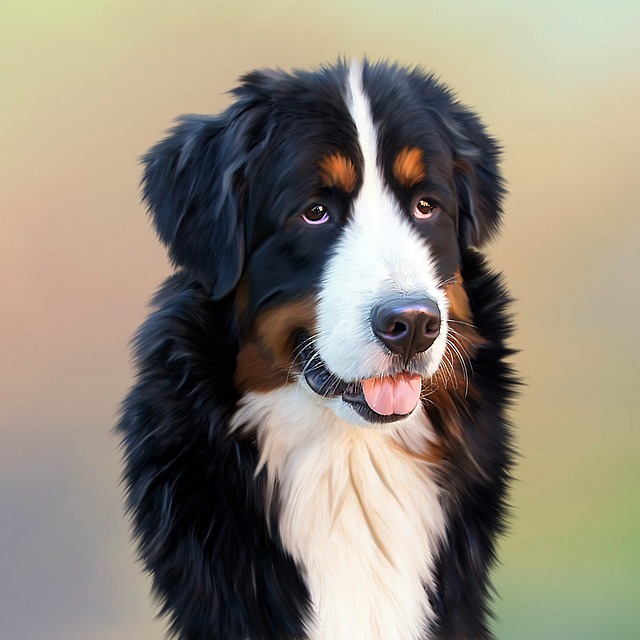
History
a. From the Region of Berne
The friendly Bernese Mountain Dog is a Swiss Native. He proudly puts himself on the short list of four Swiss Mountain Dogs that include
1. the Greater Swiss Mountain Dog
2. The Appenzeller,
3. and the EntleBucher Mountain Dog.
It stands apart from its relatives because of its long coat. It was a largely unrecognized breed, known by few except for the inhabitants of Berne in Switzerland. Breeders first introduced it to the United States in 1926. The American Kennel Club recognized it in 1937.
Watch an introductory video on The Bernese Mountain Dog:
b. Origins
The origins of this beautiful dog breed are unclear. It apparently has relations with the Mastiff, which the Romans brought with them when they came to Switzerland about 2000 years ago. The Romans used these dogs to guard their livestock and discourage invasion.
c. Dog Clubs and Shows: How the Swiss Became Interested In The Bernese Mountain Dog
It was at the end of the 19th century that Swiss breeders began to realize the merits of this breed. Breeders felt that it was a waste to ignore these dogs. They began to encourage pure breeding. These breeders compiled a list of the dog’s physical and personality traits. The list they put together became a standard.
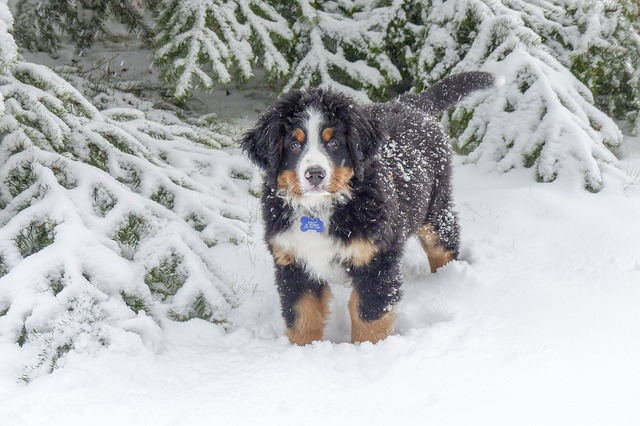
The Swiss Kennel Club came into being in 1883, upon completion of the St Gotthard railway line and the famous tunnel through the Swiss Alps. The line connected Switzerland with Germany and other countries in Northern Europe. It became easier to import goods. Thus, the interest about noble breeds like the Bernese Mountain dog grew among dog fans. A few breeders formed the Swiss Kennel Club in 1883, which bought and sold magnificent dog breeds. The club became interested in the breed in the late 19th century.
The judges at the dog shows were instrumental in creating interest about purebred dogs among the Swiss. They lauded them for their strengths and distributed awards generously. It made the people of Bern aware that showing dogs at Kennel Clubs was a good business.
Moreover, breeders all over Switzerland began to combine their efforts to promote the pure breeding of these dogs. 27 of them formed the Swiss Cynological Society to care for man’s best friend.
Watch the video below to see if Bernese Mountain Dog is For you:
Breeders then brought Bernese Mountain Dogs from the rural parts of Berne to the city areas and began promoting them. They called themselves the Schweizerische Durrbach Klub. These men drew the name from the Durrbach Inn, where they first developed it.
The National Show of 1902 was a great success. It prompted the people of Berne to put together an international show, which featured competitions for German Shepherd police dogs. The judge of the event was German dog enthusiast Rittmeister von Stephanitz.
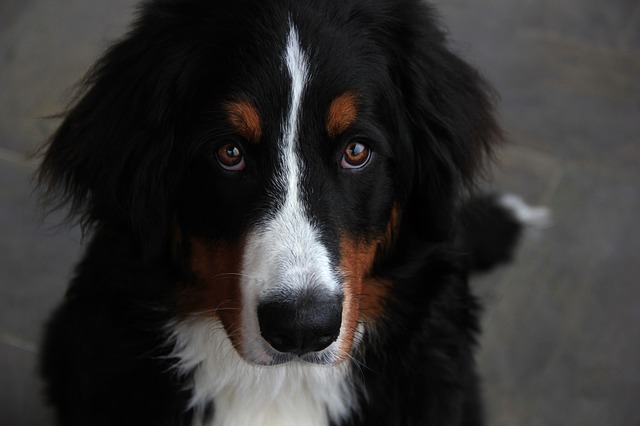
There was also a class for herding dogs, with Fitz Probst as the evaluator. Five of the six herding hounds, Prinz, Reggi, Blass, Barry, and Beline, came from Dunbar. The Swiss Cynocological Society believed that the dogs were a real breed, The propagation of the Bernese Mountain Dog thus began. The breeders put together a Swiss Studbook outlining its features.
The merchants of Burgdorf were the first to breed this Swiss native. Bernese Mountain Dog Society founder Gottfried Mumenthaler acquired the bitch Beline after the dog show of 1902 and another male, Sultan, through editor Tagman.
Another factory owner, Max Schalforth, bought a bitch named Prisca from Zenerzee. From the vet and owner of Phylax, Dr. Schiedagger, he acquired a male named Bari. They started Kennels soon after the bitches gave birth to the first litter of puppies.
How the Bernese Mountain Dog came to the United States
The Bernese Mountain Dog’s development spread slowly to other countries.
Breeders then introduced the breed to the United States. They transported a pair of these dogs to Kansas. A Kansas farmer named Schiess tried to register them with the American Kennel Club but failed. A decade later, a Louisiana native named Glen Shadow imported another pair, Quell V Tiergarten and Fridy V. Haslenbach. After some persuasion, he got the American Kennel Club to acknowledge them.
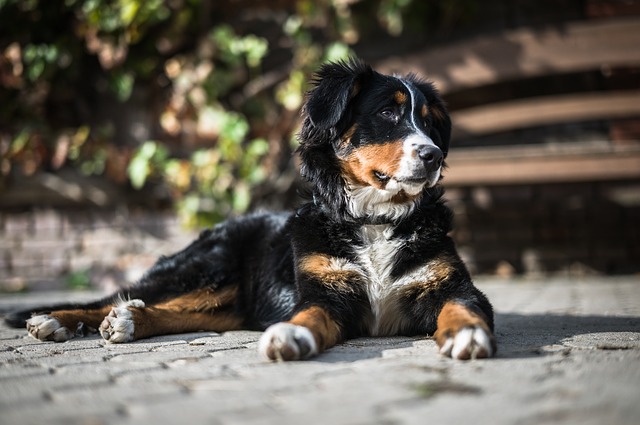
The breed did not gain much popularity in America before 1941. World War 2 disrupted imports further. They continued after the war ended in 1945. In 1968. A few enthusiasts got together to form the Bernese Mountain Dog Club of America.
Choosing a Bernese Mountain Dog Puppy
A big Bernese Mountain Dog puppy will become a member of your family, so do weigh the consequences of welcoming one into your home. So, what should you consider when choosing one?
a. The Working Dog
If you prefer a resilient, straightforward dog, a Bernese Mountain Dog puppy is the right pick. This working dog stands out because of its cheerful disposition and physical strength. If you need a companion to help you cart your groceries, choose a Bernese.
Furthermore, this fine fellow’s senses are sharp. He’s also naturally protective, so you may want to use his guard dog services.
b. Size
Don’t pick this dog if size is an issue. Bernese Mountain Dogs are huge and need to stretch. If you live in a small apartment with limited room, this is probably not the dog to consider. He will take up a quarter of your living space.
c. Weather
Also, bear the weather in mind. Bernese Mountain Dogs have double coats and are less suited to warm climates. You’ll have to shave him often if you live in the tropics.
d. Impulse
Another point to note is not to buy this dog on a whim. Purchasing one only because your child wants a dog is inadvisable. His birthdays will come and go, but it will live with you for a lifetime.
e. Personality
And then, consider the dog’s personality. The Bernese Mountain Dog has a cheerful disposition but is temperament flaw is shyness. He may shrink away from you when you reach out to him. Make sure that you socialize him well.
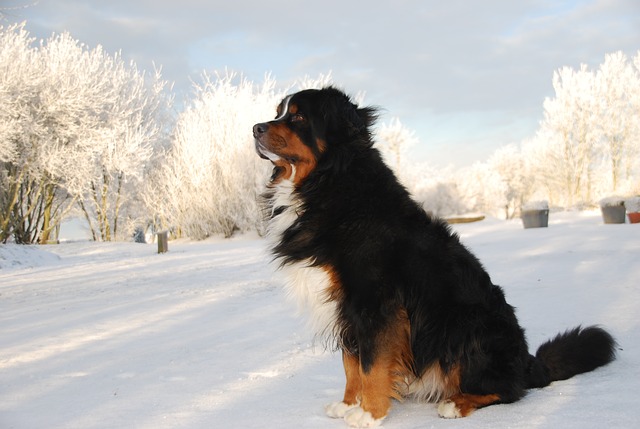
f. Health
Do consider the dog’s health as well. Bernese Mountain Dogs have a host of health problems, so do make sure that you are ready to take on large vet bills. Dogs, in general, experience a host of health issues such as cataracts, bladder stones, separation anxiety, heart conditions, and kidney-related illnesses. Some dogs may develop tender feet, oily skin odor or destructive behavior. Bernese Mountain Dogs, in particular, love to dig. You may find a big hole in your yard when you get home.
g. Breeder
It’s important that you select the right breeder. Breeders, in general, fall into four categories. There are responsible breeders, hobby breeders, puppy mills, and puppy brokers. Responsible breeders are the only ones from whom you should buy pets.
How can you tell that the breeder is reliable? He or she will not sell a puppy just to earn fast cash. If you want a canine companion for life, expect to pay between $1600 to $2400. The right breeder will not put out advertisements on the internet or sell pups to owners whom he or she believe are not ready to care for dogs. Because healthy, purebred puppies are always in demand, they may bring out unscrupulous, profiteering breeders who will not care for it well.
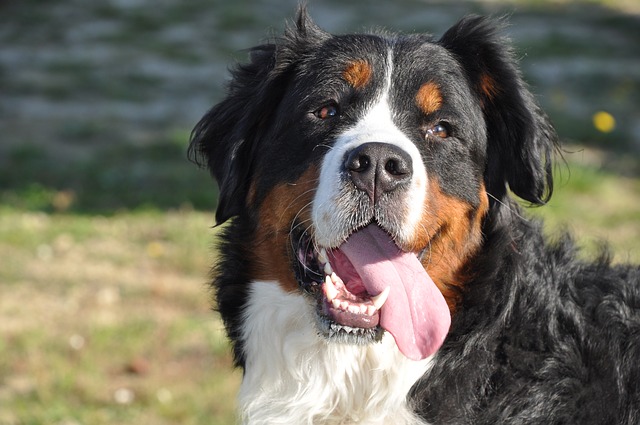
A reliable breeder will not sell you a puppy without meeting you. Expect the third degree. He or she will want to know about your home situation, and if you can accommodate a new dog. A qualified breeder will also make certain that the puppy’s temperament matches yours.
Furthermore, he or she will insist that you pay the animals a visit. A breeder you can count on will also let you check on the puppy’s parents, and inspect their living conditions. He or she will tell you everything about the dog’s ancestry without hesitation.
Check out the friendliness of a Bernese Mountain Dog in the video below:
Note that a professional breeder will only breed Bernese Mountain Dogs. To prevent crossbreeding, he or she will not produce other dogs. A professional breeder will also urge you to make certain that a Bernese Mountain Dog puppy is right for you and your family. Furthermore, he will not allow the dog to go to your home until it’s about eight weeks old. A responsible breeder will also outline a contract which states that you will return the dog if you are unable to look after it. The provision applies no matter how old the dog is.
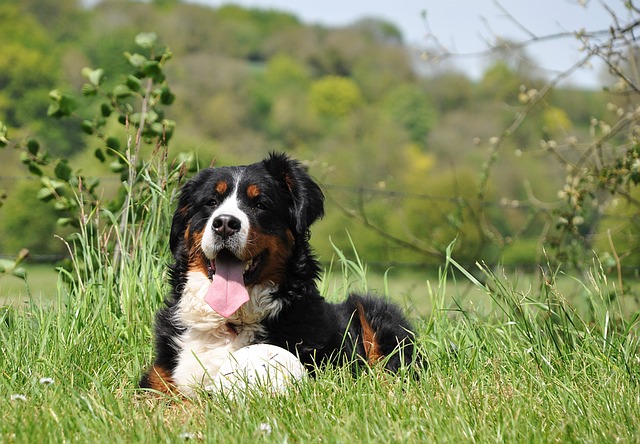
The breeder will also need you to neuter the dog if you do not want it to have any puppies. He or she will not always have a litter on hand. Reliable breeders do not produce mass-breed dogs for the sake of satisfying demand. Furthermore, he or she will not sell puppies to a pet store.
Good breeders will always try to improve the qualities of the dogs they breed. Their goal is to come up with healthy, happy companions for people.
Professional breeders will own show quality dogs themselves. They will take part in competitions and are often part of kennel clubs.
h. Puppies
All Bernese Mountain Dog pups look the same at first glance. You’ll find that each is different when you take a closer look.
Assess the litter as a group. If all the puppies in the litter look suspiciously at you, it’s probably not worth the risk. The dogs probably inherited distrustful genes from their mothers. Dogs that tuck in their tails and shrink away from you are not the best choices for pets.

Normal puppies are friendly and sociable. They will come to your feet and sniff them. They’ll have an insatiable curiosity and want to know more about you. You’ll find them nipping at your fingers or your shoelaces.
You can tell a lot about the puppies by the way they interact with each other. For example, bossy ones will make the most noise, while submissive ones will do the opposite. Dominant ones will hijack all the toys, and the gentler ones will give way to them.
After evaluating the puppies as a group, do so one by one. Do this to find out how it behaves without the rest of the litter. A young Bernese Mountain Dog may seem insecure without his friends. Conversely, a submissive pup may become more outgoing when he’s away from the litter. An energetic Bernese Mountain Dog may calm down when he’s not around his littermates.
j. Do you want a show dog?
You may want a dog that can take part in competitions. If you do, you’ll need a breeder’s help to pick a puppy that will meet the quality standards that kennel clubs set. If all you want is a family member, you can ignore small imperfections in coloring or physical structure. All that matters is that the dog appears handsome and healthy.
A Bernese Mountain Dog is an emotional investment as much as it is a financial one. Prepare yourself for large food bills and some worry when it falls ill.
The Traits of a Bernese Mountain Dog
a. Temperament
The Bernese Mountain Dog is a bona fide family dog. It’s gentle, loving, easy-going and gets along fabulously with children. He doesn’t complain when kids ride on him. He has the energy to play the entire day, but will happily rest with the family in front of the fireplace when he’s tired.
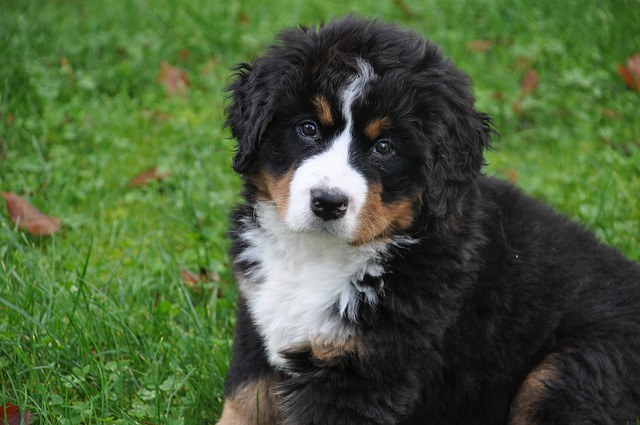
The Bernese Mountain Dog is a rather shy dog which may develop anxiety problems as an adult. To prevent this, socialize him early and allow him to meet as many new people as possible. He will feel happy instead of fearful of meeting new people. He also tends to develop separation anxiety. He can become destructive if you leave him alone for too long.
b. Activity Needs
The Bernese Mountain Dog works hard, so it’s not surprising that he loves his naps. He is a winter dog which loves playing in the snow. You can get him to pull your toddler in a cart. He enjoys his walks and will trot happily beside you. Making friends is important to this dog, so you should help him make human and canine buddies as soon as possible. He may become timid if you don’t expose him to new situations
c. How Trainable is The Bernese Mountain Dog?
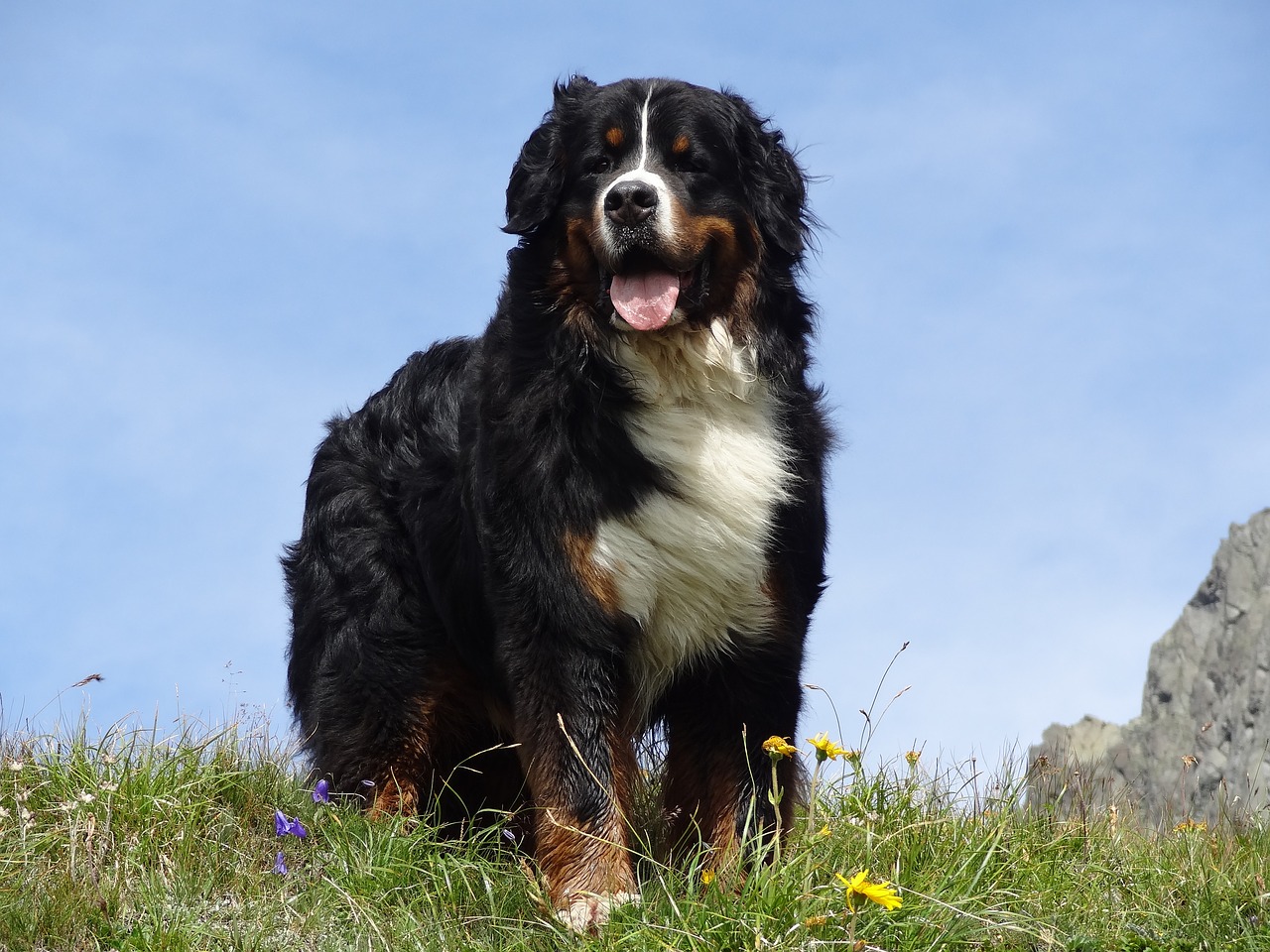
The Bernese Mountain Dog is sure of himself. That said, you need a gentle approach when training him. This dog is docile, though can display some dominance. He responds well to training if there are treats. Bernese Mountain Dogs are typically strong-willed, and a little stubborn, but will do advanced tricks well.
Appearance and Showing of Bernese Mountain Dog
a. How Should A Bernese Mountain Dog Look?
This Swiss Hound weighs between 70 to 120 lbs. Females measure about 22 inches, while male dogs are slightly larger at 24 inches. This dog has a double coat which protects it from the cold. It’s a blend of rust, black-and-white colors. A feisty, diligent hound, it lives for about seven years.
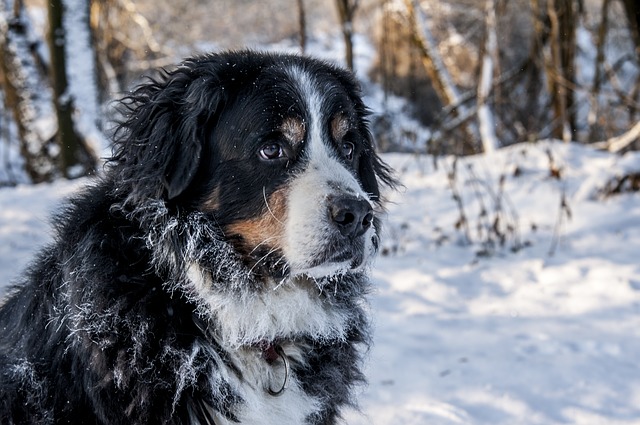
This dog’s Tri-Colored Coat sets it apart from other dogs. Perfect markings will make it seem like there’s a Swiss Cross on the chest and a colorless horseshoe around the nose. A typical Bernese Mountain Dog has a ‘Swiss Kiss,’ or a colored mark at the backs of his neck. The American Kennel Club, which gives an official classification for dogs, disqualifies full rings. It disregards blue eyes and any muted color other than black.
b. Showing Your Bernese Mountain Dog
If your Bernese Mountain Dog looks classy, it’s time to show him off. If you want your dog to take part in competitions, here’s how you can give him a winning edge.
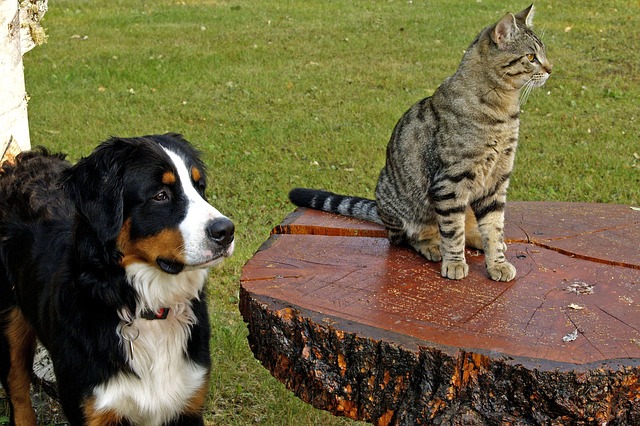
c. Socialize your Bernese Mountain Dog
Judges at competitions often appraise a dog on how well socialized he is. Note that a Bernese Mountain Dog is a naturally shy dog, so you may want to put effort into helping him make friends. If he’s in top form but is a wallflower, he won’t stand a chance in the ring.
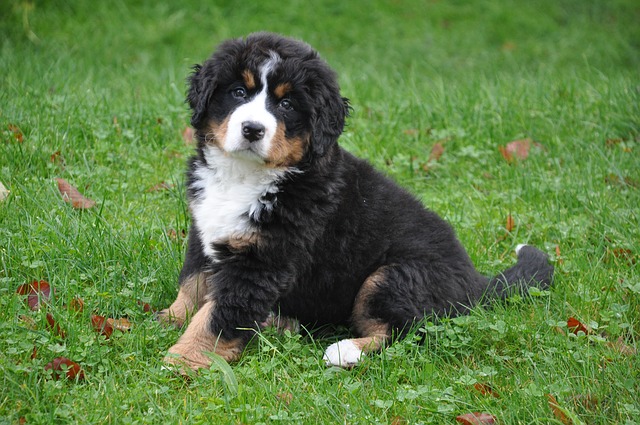
Once your dog has received his vaccinations, take him everywhere. Let him respond to new people and dogs. Allow him to listen to new noises and expose him to different surfaces as well.
Let people pet your dog. Once he gets used to being touched by strangers, he’ll develop more confidence. It’s the winning attitude judges love.
d. Conformation Training Classes
Formation classes train your dog in obedience basics of an exhibition, such as walking on a lead.
These classes will teach you how to walk your dog at the right pace around the ring. You’ll also learn how to stack him on the table for examinations as well. Your dog will learn how to make the basic movement patterns, such as the L, triangle and down. Breeders will evaluate the dogs at these classes.
e. Keep Your Bernese Mountain Dog Clean
Judges typically discourage too much grooming. They especially love the natural look of this dog.
That said, every judge likes a clean dog. Wipe his undercarriage, face, and legs to keep them clean. Make sure he has a bath before his show weekend.
f. Reduce Staining
Nothing spoils a dog’s look more than a stained coat. This remedy will help keep stains at a minimum.
Add cornstarch to boric acid. Apply the mixture to the stains. Remember to brush off the powder before the showing, or the mess will deny your dog a few points. Wrap areas that are susceptible to stains. Use shampoo for brightening coats.
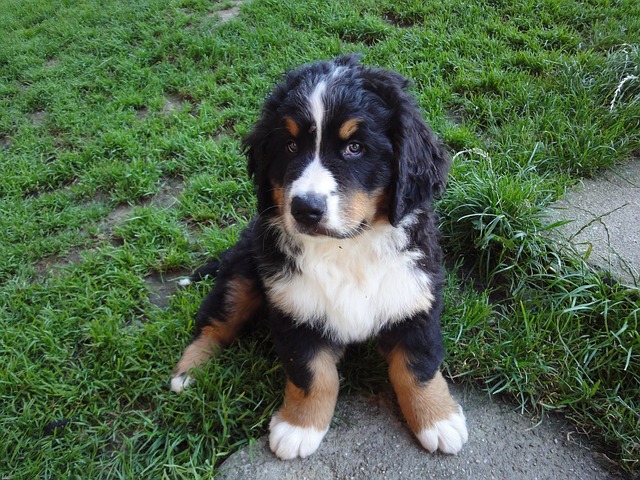
g. Trimming
The way you trim your Bernese Mountain Dog can affect a judge’s impression of him. Don’t over groom your dog because judges value its natural look.
If your Bernese Mountain Dog’s hind legs are too close together, trim the paws to create some distance between them. It will help if you cut off some hair in front of the tail as well as some stray hairs above his anus. That can make the tail seem higher than it is.
h. Put your Bernese Mountain Dog in the Middle of the Lineup
If you’re entering your Bernese Mountain Dog in the ring, try to get him somewhere in the middle of the lineup. You’ll have more time to stack your dog. The first and last handlers usually don’t have enough time to prepare the dogs for evaluation by the judges.
The first handler has to have the dog ready quickly because he’s first in line. The last, too, has to get his dog ready fast because judges will start to call dogs for a last troop around the ring by the time it’s his turn.
i. Have one eye on the judge
A handler should always know where the judges are. He can then make sure they won’t see his dog standing improperly, which all dogs are wont to do at times.
It also helps a handler seem focused and professional. Judges will ignore an exhibitor who’s not paying attention.
j. Walk your Bernese Mountain Dog at the correct speed.
Make sure that your Bernese Mountain Dog walks at the right speed. If your dog tends to walk with his hind legs not being parallel, it may mean that he has weak hind legs. Move faster to see if they become parallel.
Conversely, your dog may walk with his front legs too close together. Move slower to correct the movement.
Look at your dog from the side. He may have laid back, instead of hunched, shoulders, which is not ideal. Another imperfection is if his feet kick out behind him. He should have a smooth topline as well.
k. Make sure the judge sees the dog, not you
The judge will assess your dog, not you. Make sure that he or she can see your dog as you walk him around the ring.
To do this, keep the dog between you and the judge. Walk your dog on his visible side. Make sure that you don’t block the judge’s view.
l. Calm Yourself
Your dog can pick up on your nervousness. He’ll lose his confidence if you do. Take deep breaths and keep steady. Remember that you can’t control the judge’s decision, so focus on working with your dog as a team.
